(September 14, 2024) All that is left for Ravi Prabhu to discover is the world above earth. That’s because he’s done travelling to every nook and corner of the world, covering a mind boggling 30 lakh air miles — the distance equivalent to travelling eight times to the moon!
Over 600 people from all over the world have gone into space while more than 6600 people have scaled Mount Everest. But it’s only 280 out of 850 crore people of the world who have visited every country in the world. Ravi Prabhu is one among them. “Travelling is quite addictive, and has probably become a compulsive disorder for me. I tend to go crazy in my head if I do not travel for long,” smiles Ravi Prabhu, a Telugu YouTuber, in a chat with Global Indian.
Over the last 27 years, he has travelled to all the 195 countries in over a 1,000 airlines. His travel accomplishments have been verified by the most astute travellers of Nomad Mania.
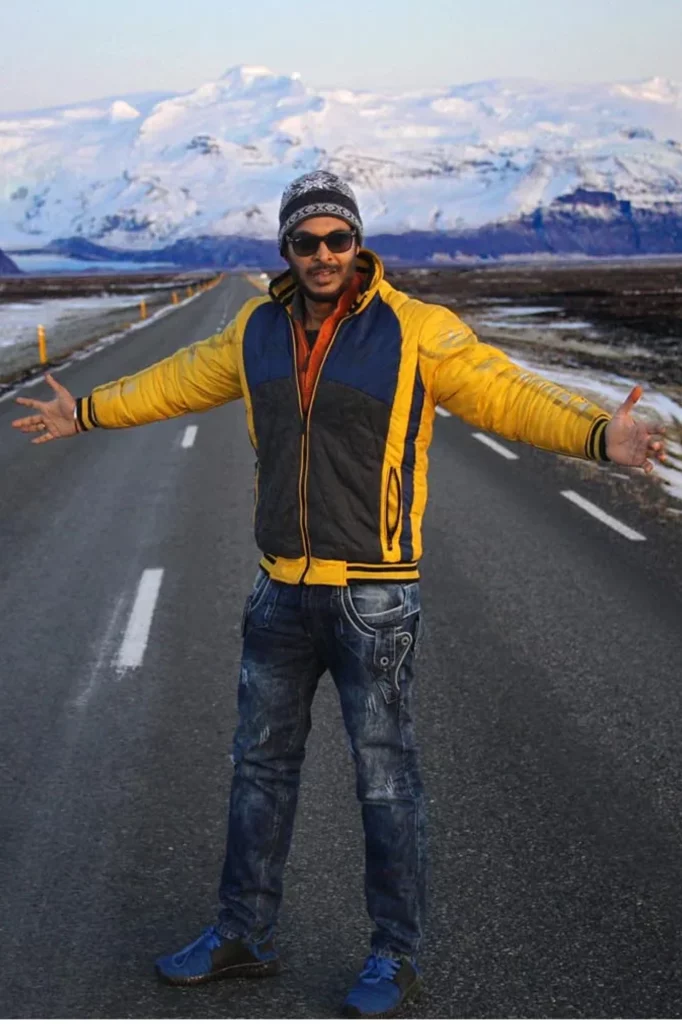
Ravi Prabhu
Recently, Ravi spent nine days in Venezuela marking his final country on the atlas. “I covered 10 to 15 countries every year. I have been to many countries more than 10 times and visited over 100 countries more than once,” says Ravi, who started his travels in 1997 and has been unstoppable ever since.
Off to US
Ravi Prabhu took off on his travels after he moved to the US for higher studies in 1996. He completed a double Masters in Business Management with a specialisation in Information Systems from the University of Memphis. Thereafter, he began working as an information systems/management consultant on a long term project with a client from a different city. Since his client covered his travel expenses, he wasn’t required to relocate.
“However, I would fly every Monday to work, and once work ended on Thursdays, I would travel to Europe every other weekend for pleasure. With the number of flights I took, and always armed with a window seat and stunning views, I felt as if I were an eagle soaring high up in the sky with wide wings trotting around the world,” says the Indian-American.
The first country travelled to (after US) was Holland, followed by Belgium and France. Thereafter, the itch to travel drove him to visit all the 195 countries. “When you travel, you come across real challenges and learn many more things than what we read in books. I have lived through extreme hot and cold temperatures while being on opposite ends of the world,” says Ravi, who holds an American passport. Presently, he is using his 14th passport.To fulfill his dream of exploring the world, Ravi took up a IT consulting job so I could have the flexibility to travel and work as well. “I work six to eight months a year and then travel,” he says.
Welcome in Pakistan
His experiences in Pakistan and Afghanistan were better than he could have imagined. “Everywhere I went in Pakistan, when I introduced myself as Indian, the people were more than welcoming. They even gifted me clothes, shoes and many more items,” recalls Ravi, who, as one of the most travelled south Asian, was also part of three live shows by reputed Pakistani channels including Dawn.
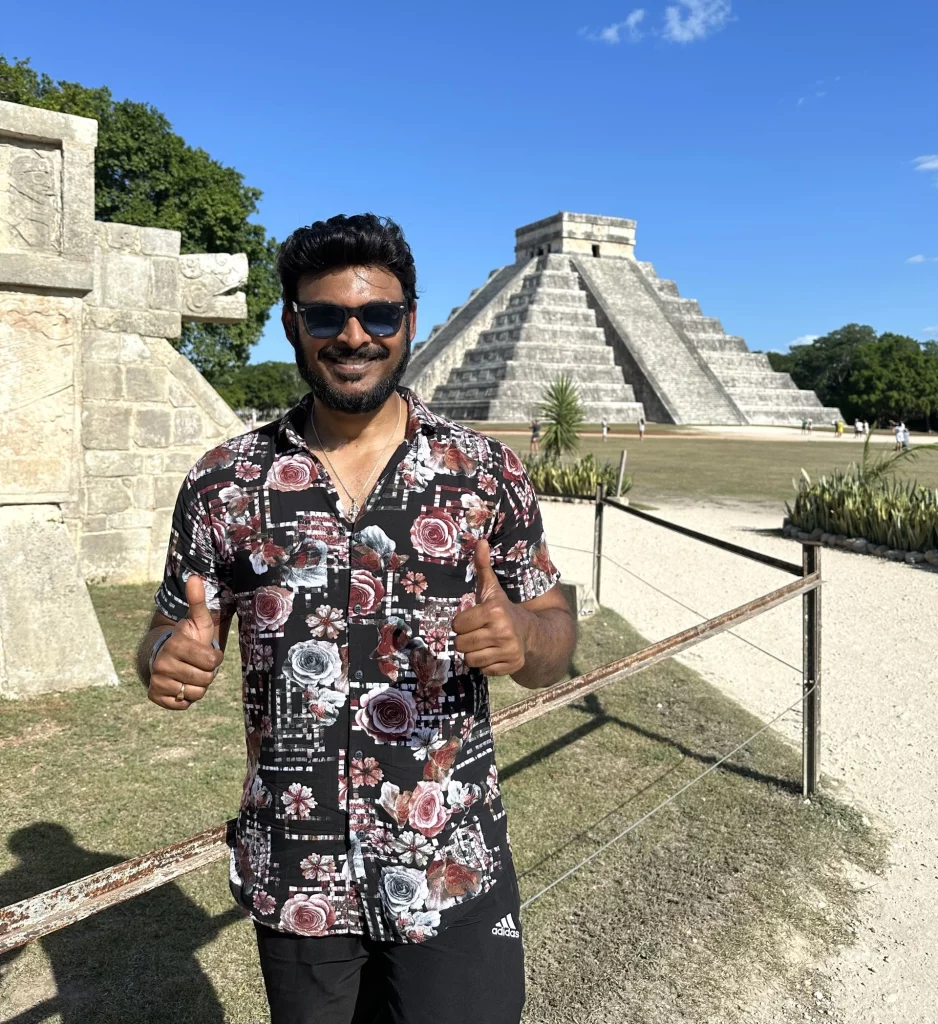
Ravi Prabhu has travelled to every country in the world.
Being an Indian and raised in India, where all one hears about is Pakistan, LoC (Line of Control) and PoK (Pakistan-occupied Kashmir), Ravi says his visit to Gilgit-Baltistan (in PoK) brought another sense of accomplishment. He has travelled to Pakistan not once, but thrice.
Being a traveller in war-torn Afganistan
In February 2020, Ravi set off on a five-day trip to Afghanistan, which he describes as thrilling and scary at the same time. “Afghanistan was country number 186 for me. It was the pre-Taliban era but bomb blasts, kidnappings and attacks used to take place regularly. Yet, it was a memorable experience,” says the globe-trotter who was ranked as the No. 1 traveller from India by Nomad Mania.
During his visit to Baluchistan, Ravi was able to visit Hinglaj Mata temple, where not many are allowed. “Luckily, I’ve never lost my way in any country as I do a thorough research on each destination,” says the travel freak, who did couch surfing at few places. He did undertake a few trips without a plan and discovered sights serendipitously, but never lost his tracks. Moreover, language is no longer an issue, says Ravi, with the advent of handheld gadgets and mobile apps.
Carbon-friendly
He also tries to factor in environmental friendliness. “I try my best to stay in boutique hotels, use public transport and try to keep my carbon footprint low,” he explains.
After the initial 100 countries, Ravi began choosing adjoining countries so he could cover more nations in one go. “But I don’t travel full time and had to factor in my work and family. Time is the biggest hurdle,” says Ravi, who even travels with wife Swathi and daughter Anoushka.

During his visits, Ravi tries to inform people about the culture and heritage of the two Telugu States of Andhra Pradesh and Telangana and even motivate people to visit. So far, he has invested well over Rs 25 crore on his journeys. He met all the expenditure by himself.
Visakhapatnam boy
Ravi Prabhu was born in Odisha and then moved to Vishakapatnam, where he completed school and junior college. After that, he moved to Hyderabad and did his Masters in Political science between 1994 and 1996.
He had a penchant for travel ever since he was a kid. “When I was in class 6, my mother gifted me an atlas. I used to spend hours going through every nook and corner of the world,” he recalls. While his father retired from the State Bank of India, mother worked in the AP Education department.
Ravi’s parents were travellers as well. “Even though we belonged to a very ordinary middle-class family, they left no stone unturned to show us (Ravi and his sister) places across India,” he says. When he was 10, he travelled to Bhutan, his first trip outside India.
Seeing myriad places as a kid enhanced his interest to explore more places far and wide. “I aspired to see many places but never thought of covering each and every country in the world even in my wildest dreams. But when I started exploring the world, I moved my goal post further ahead after every 10 or so countries, thereby eventually traveling the world.”
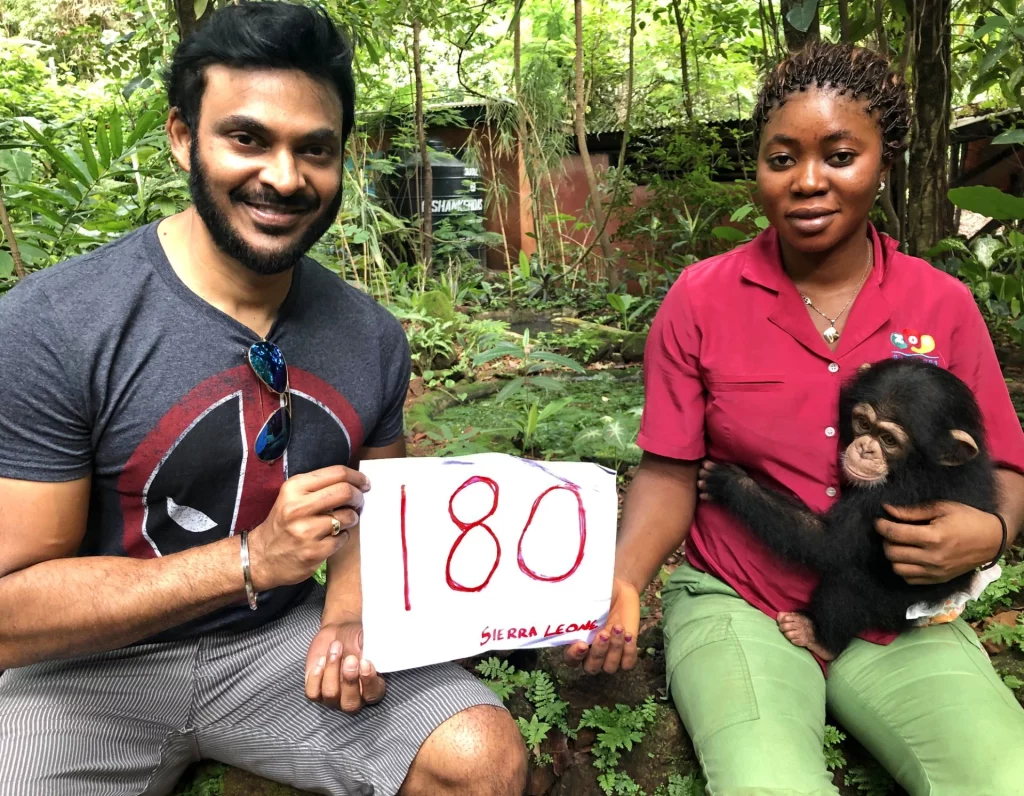
YouTuber
Ravi Prabhu has close to 8 lakh subscribers, and a huge fan following and his YouTube channel features his travel experiences, and insights into his journeys, including the cultures, cuisines, and people he encountered along the way. “It’s a visual treat for travel enthusiasts, as they see the beauty of each destination through the lens of my camera,” says Ravi, whose passion for travel is evident in his videos.
He even shared his experiences with the students and faculty at the University of Hyderabad.
Through his channel, Ravi aims to provide a glimpse into the diverse cultures and lifestyles of people from different countries and promote unity in diversity.
Incredible India
Even though Ravi has travelled the world, he says nothing matches the charm, variety and thrill of India. “I have been to 23 states in India. I’m yet to explore north east. There’s never a dull day in India, and there is always something different every few kilometres,” smiles Ravi, adding a lifetime isn’t enough for him to explore India.
People can always find something unique, and it doesn’t necessarily have to be ‘foreign’ travel. “We live in an amazing world filled with beauty. Small constraints should not limit anyone from travelling,” he feels.
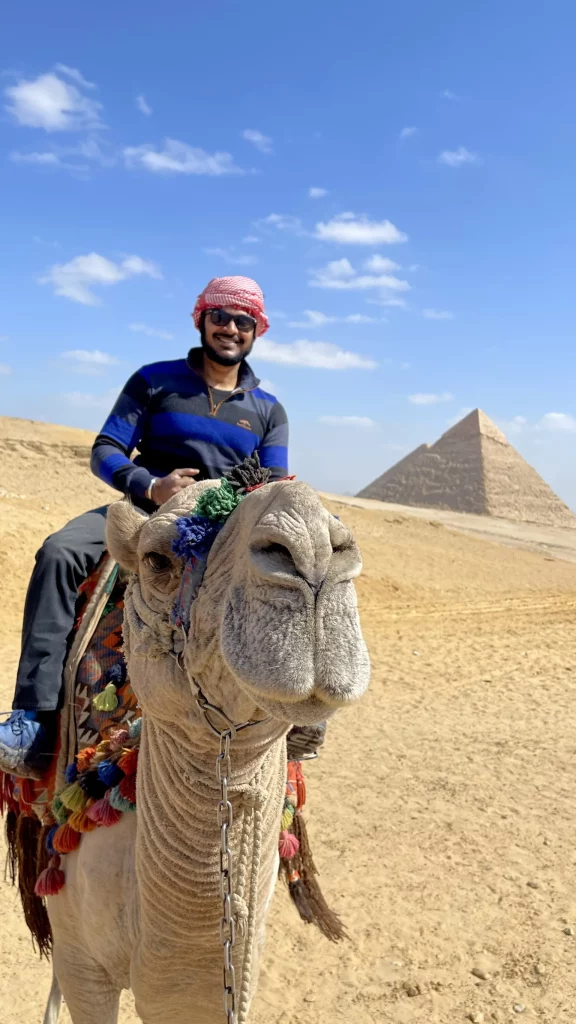
Future plans
Now that he is done with exploring the world, Ravi says he is open to explore the space, even though he is not very keen. “I like to keep my options open,” says Ravi, who is presently undertaking more and more road trips to different destinations in India.
Now that he has accomplished his lifetime dream, Ravi says he would like to focus on knowledge sharing. “I plan to write a book on my travels. Besides, I would love to visit educational institutions and share whatever knowledge I’ve gained through travelling,” says the traveller.
Follow Ravi Prabhu on Instagram and YouTube.

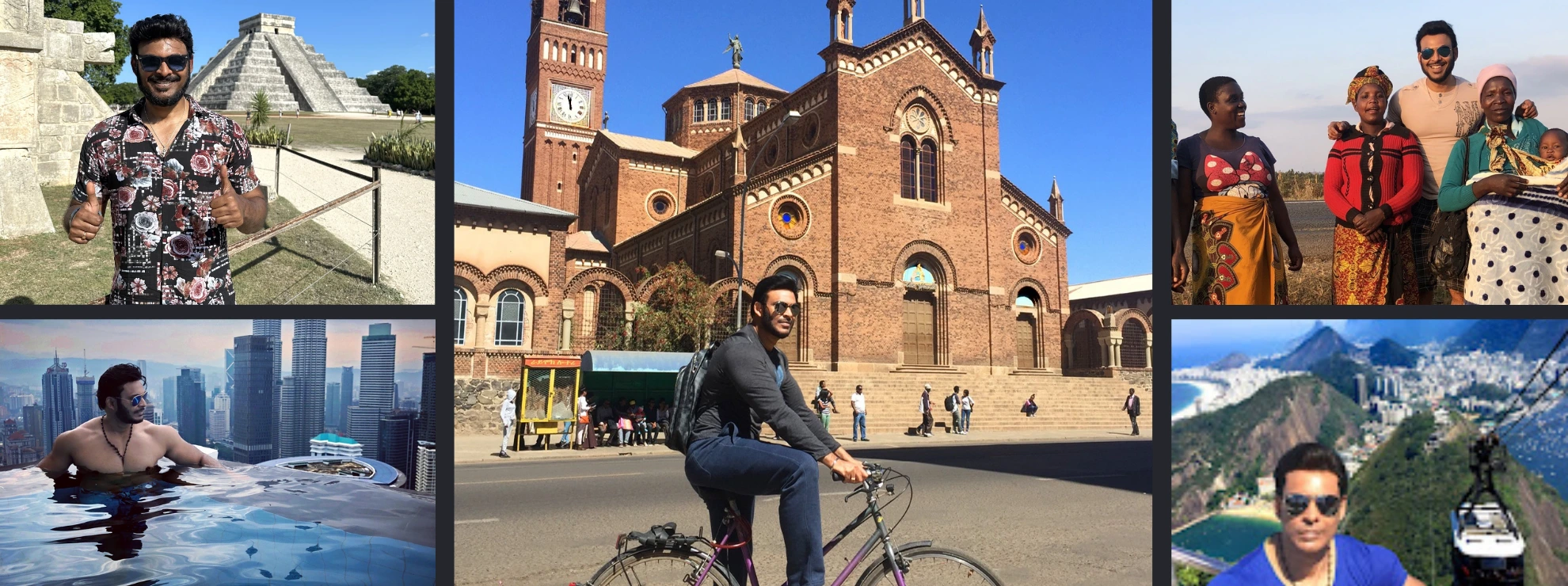
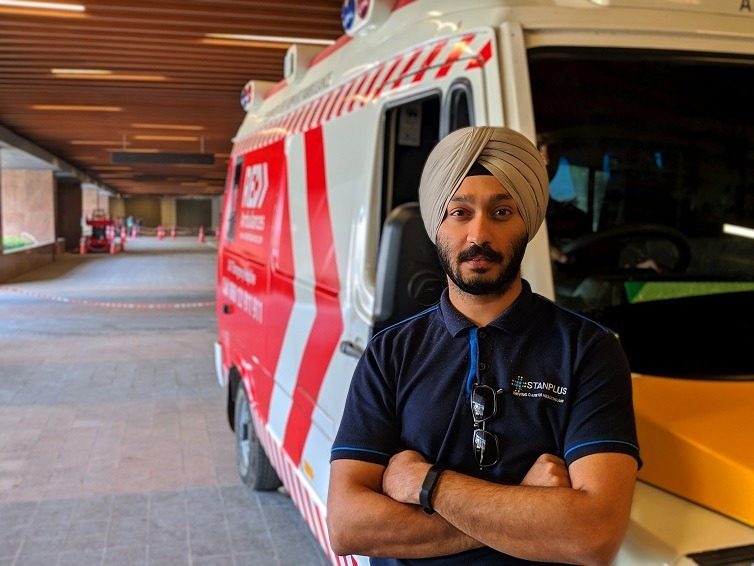

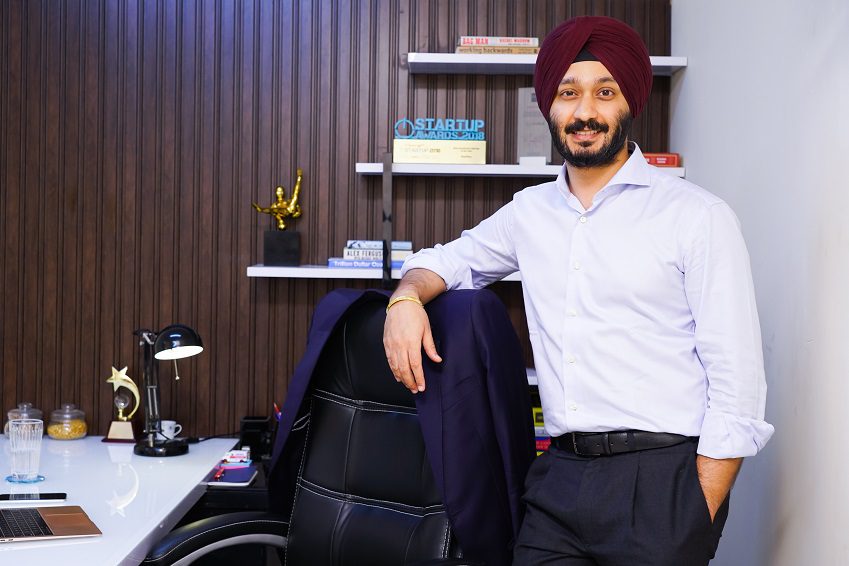

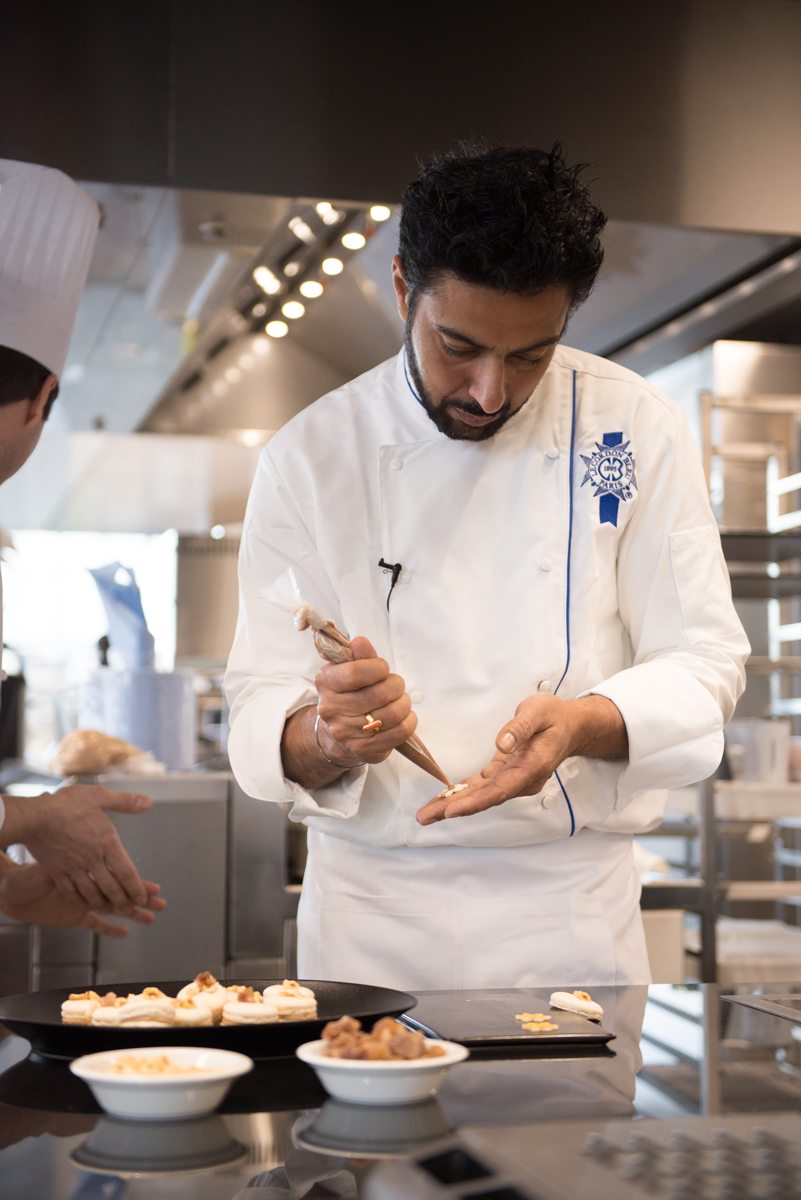
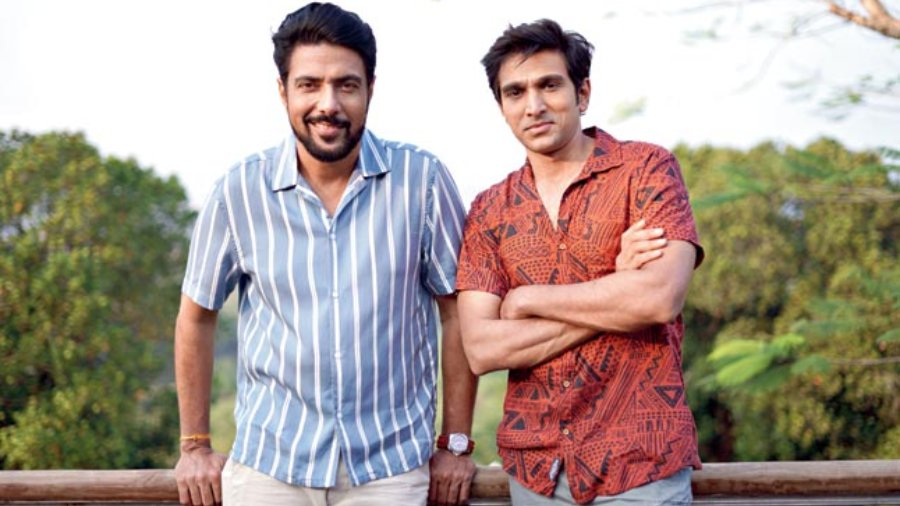 Chef Ranveer Brar with actor Pratik Gandhi, during the shoot of Modern Love Mumbai[/caption]
Chef Ranveer Brar with actor Pratik Gandhi, during the shoot of Modern Love Mumbai[/caption]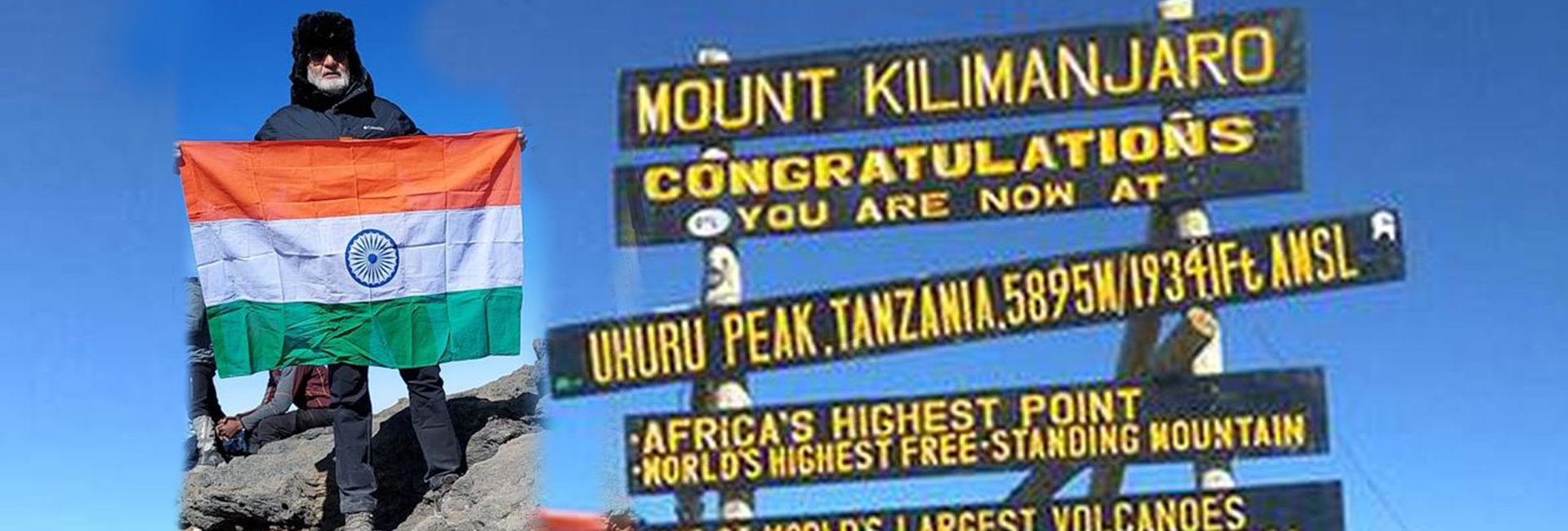
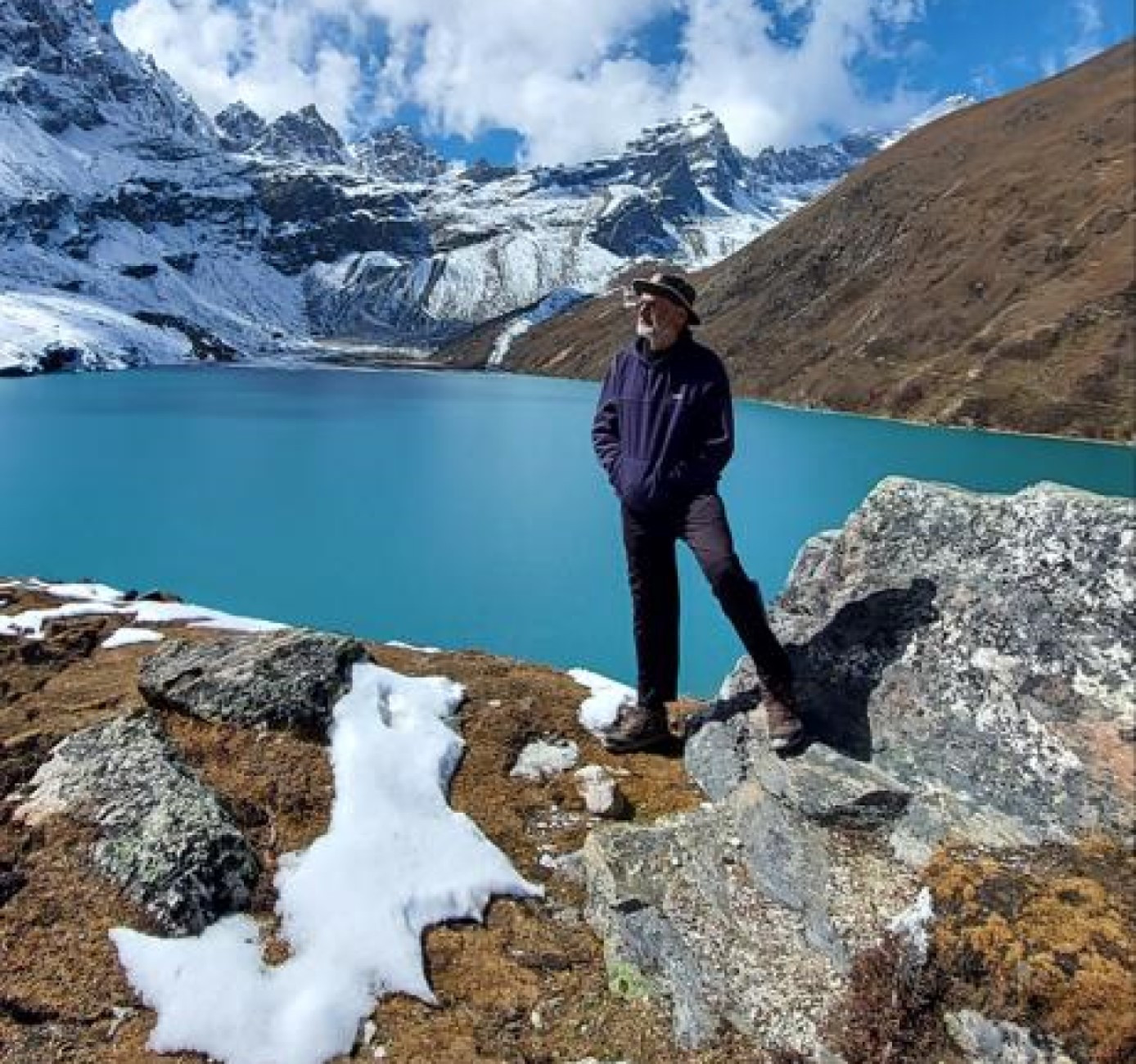
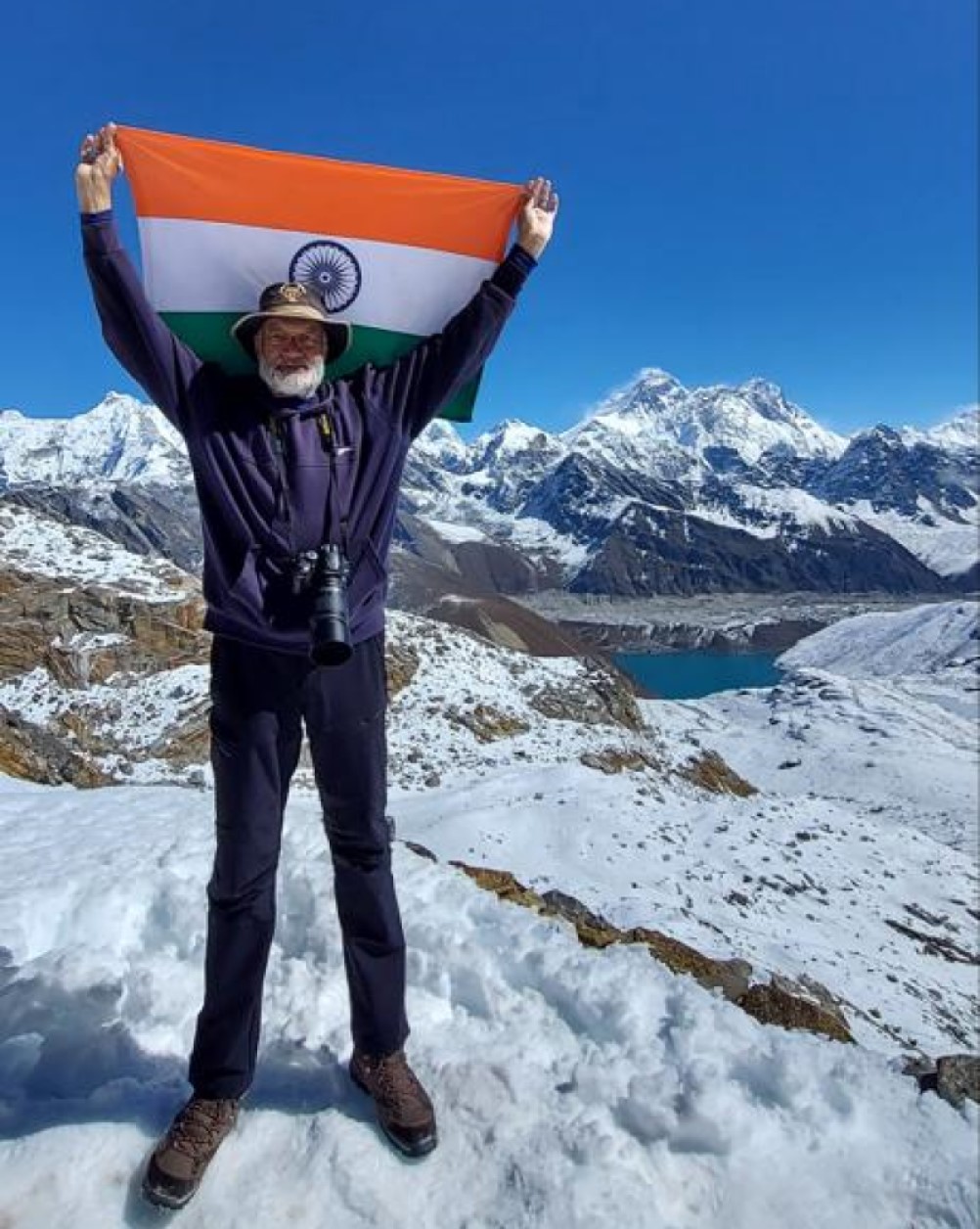
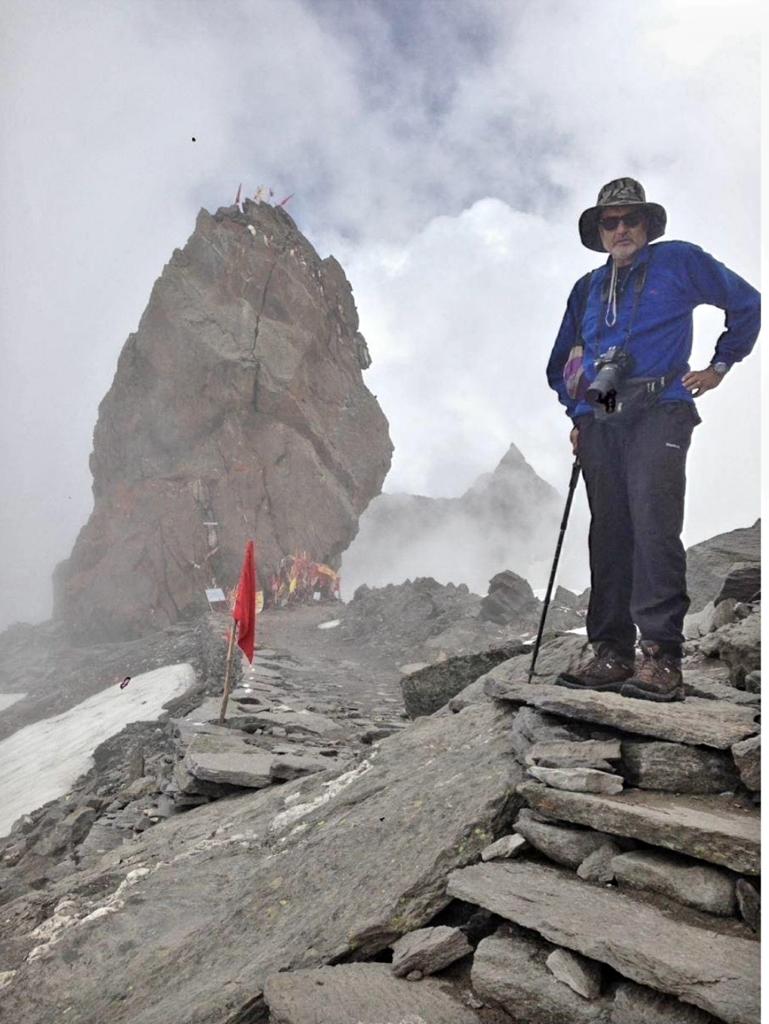
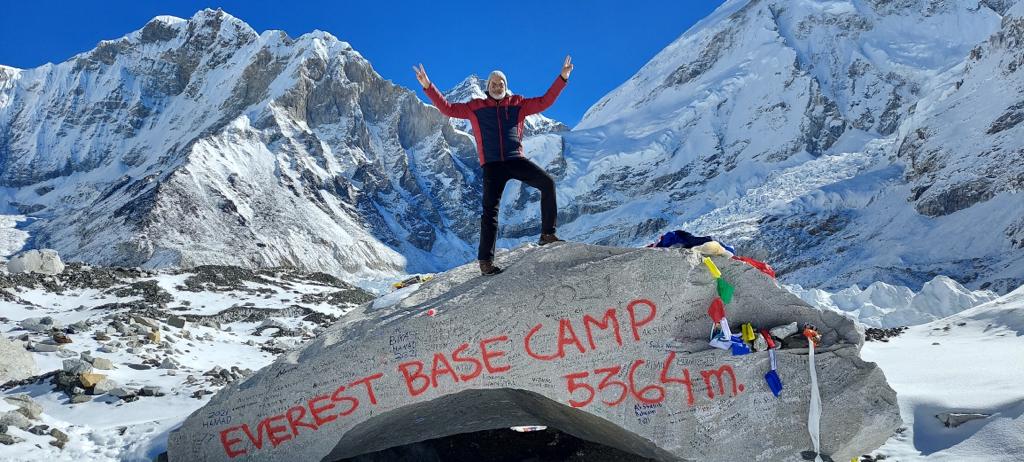
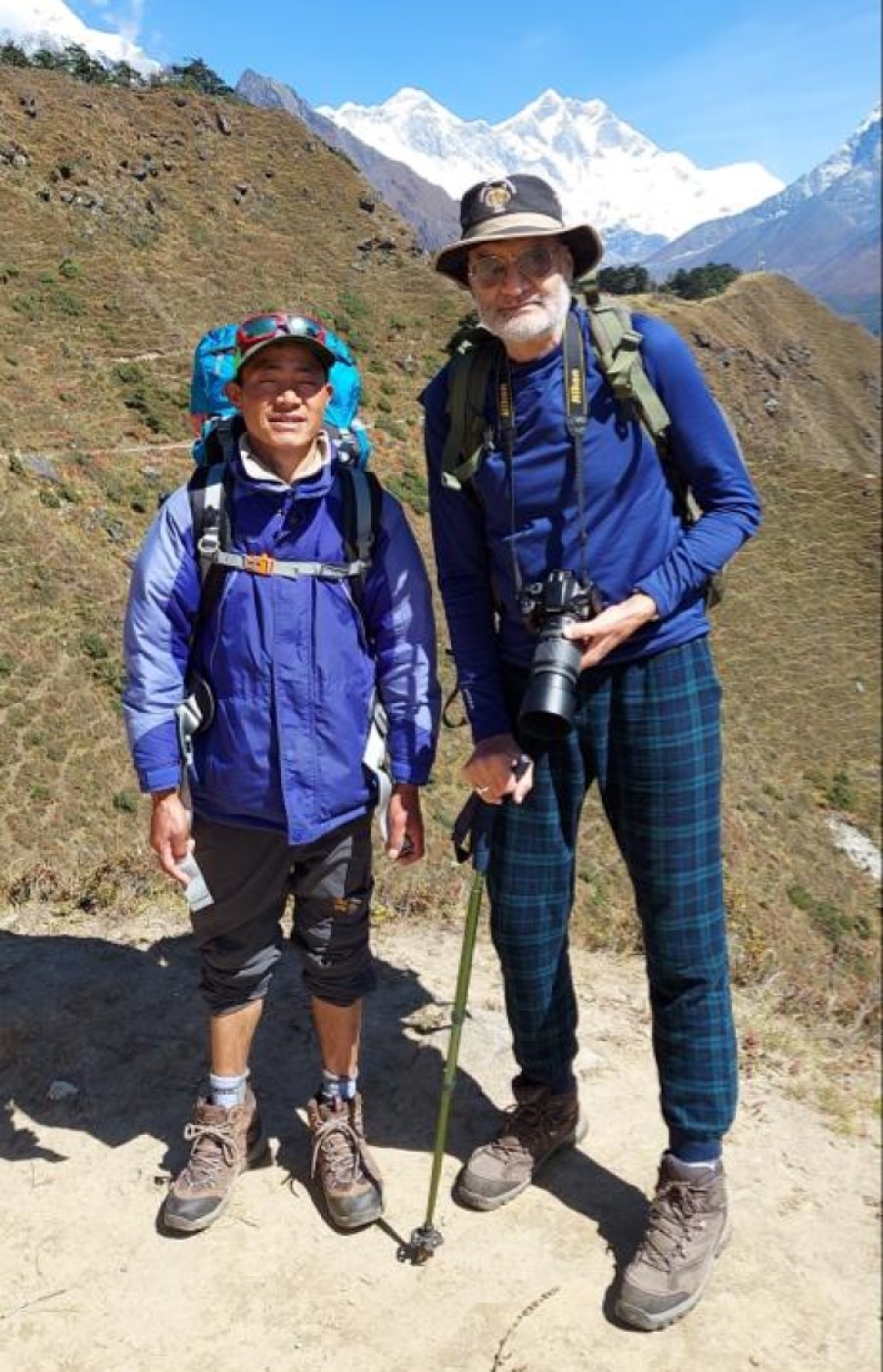

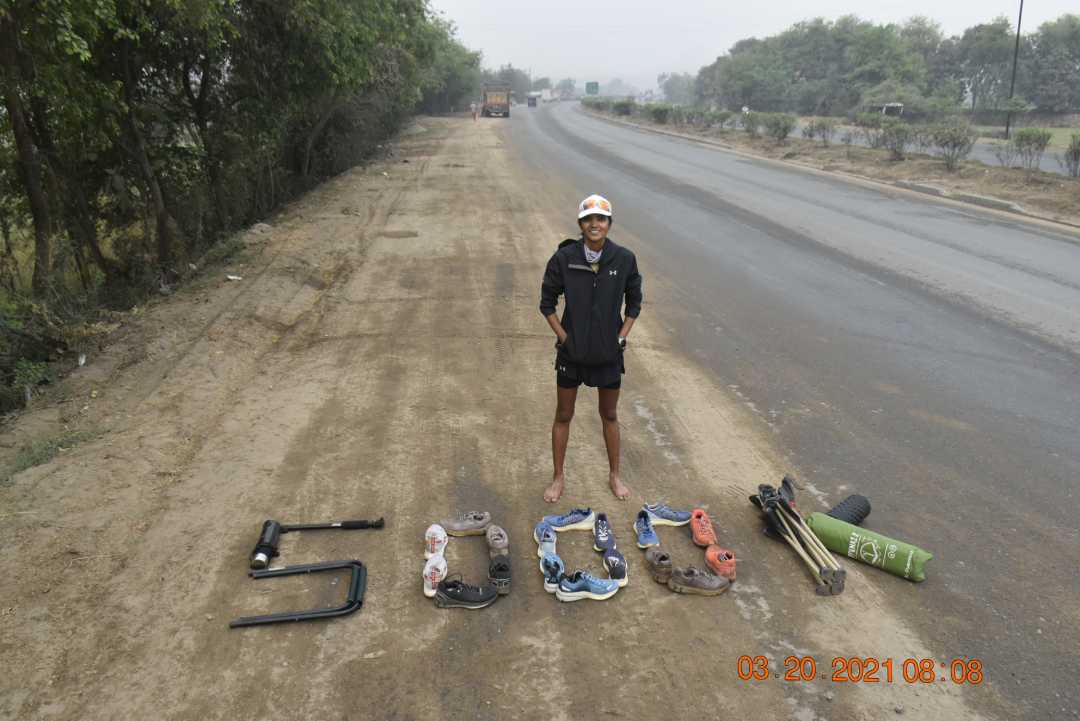

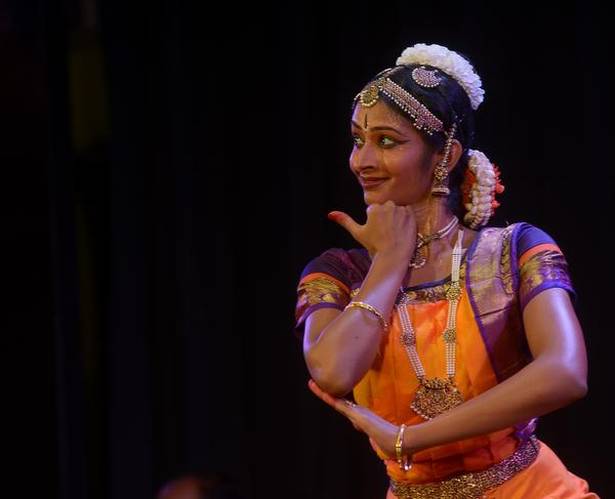 Shriya Srinivasan during a dance performance Photo Courtesy: The Hindu[/caption]
Shriya Srinivasan during a dance performance Photo Courtesy: The Hindu[/caption]
Congratulations🎉 Ravigaru